EXCLUSIVE: 2025 Wildfire Season Comes to Wyoming
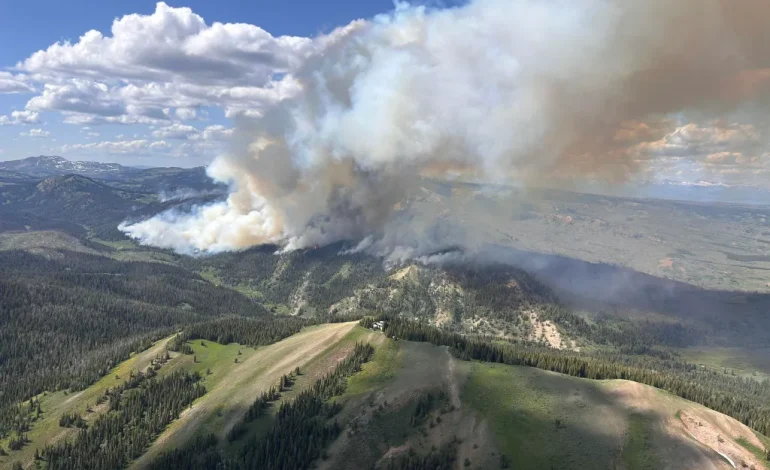
Wyoming’s 2025 wildfire season is intensifying rapidly, fueled by dry conditions, record lightning storms, and growing strain on firefighting resources. By early July, the state had already witnessed dozens of fires, primarily ignited by lightning, prompting heightened concern among firefighting agencies, state officials, and local communities.
A series of powerful thunderstorms that swept across Wyoming in early July resulted in a substantial spike in fire ignitions. According to a USDA spokesperson, lightning has played a central role in the early wildfire activity this year.
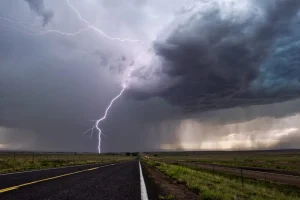
“With the onset of storms on Tuesday, July 1, over 4,000 lightning strikes were recorded in the Bridger-Teton National Forest that week. Lightning and rainfall will likely continue for the monsoonal season,” the spokesperson said.
“Bridger-Teton National Forest firefighters have been positioned throughout the forest in anticipation of developing storms, ready to respond to wildfires caused by lightning strikes,” they added. “A full-suppression strategy is being utilized, keeping these fires as small as possible.”
The situation was particularly acute in northeast Wyoming, where 11 wildfires ignited in a single night, prompting rapid mobilization of both ground and aerial firefighting units.
Given the swift pace and sheer number of fire starts, aviation resources have become critical in responding effectively to emerging wildfires. Christian Norquist, Wyoming State Forestry Division Helitack Fire Operations Specialist, described this year as potentially record-breaking in terms of helicopter activity.
“Last year we went to 76 fires, which was a program record, we are on track to beat that this season—13 already (as of July 7th),” Norquist stated.
He explained that the Division has significantly expanded its firefighting capabilities this year.
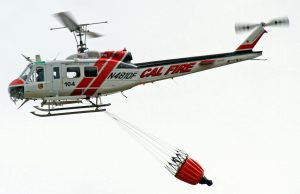
“We expanded our roster from 6 to 10 firefighters this year, which has been nice to have more bodies,” Norquist said. “We also added a Type 2 helicopter (UH1H). The Type 2 is what we call a restricted helicopter, which means nobody except the pilot can fly in it. Its mission is primarily to deliver a lot of water (300-gallon tank) on fires, whereas the primary mission for the Type 3 (Bell 407HP) is to get boots on the ground and deliver water (180 gallons of water).”
Despite increased resources, Norquist acknowledged that fires sometimes outpace their initial response capability, requiring larger incident teams to step in:
“We did not get called to the Elk Fire last year. We normally do not get called to large incidents. We typically respond to small fires in their incipient stage and try to get there as fast as possible, and we try to keep them as small as possible. That is in theory, of course, sometimes we show up and they are already too large to handle in the initial attack period, and we call in other helicopters to take our place, so that we can respond to new starts again.”
While lightning has dominated the early summer months, human-caused fires remain a persistent threat, particularly as the wildfire season continues. Jerod DeLay, Assistant State Forester for Fire Management with the Wyoming State Forestry Division, noted that human causes are prevalent at various points in the year.
“Some of the most common causes of fires in Wyoming are human ignitions,” DeLay said. “This can range from not having tow chains secured well enough on a trailer, debris burning, equipment use, recreation, and in some cases arson.”
DeLay noted the shifting patterns:
“In the spring, there is more debris burning; from June through August, lightning dominates, and from September through November, human causes increase again.”
Wyoming continues to depend heavily on public reports for wildfire detection. However, technological enhancements, including artificial intelligence-powered detection cameras, are gradually supplementing these traditional methods.

“In a lot of instances it is people that see the smoke or fire that report it. There are still a few lookouts that are staffed around the state, but not as many as there once were,” DeLay said. “Also there is an increase in detection cameras starting up in the state that uses AI to help in detection. There are not many cameras, a few in Sublette County and Wyoming State Forestry are working with a company at testing some cameras as well.”
Still, DeLay acknowledged that gaps remain in wildfire readiness, particularly in remote areas. The state is actively addressing these gaps identified during the busy 2024 fire season.
“The Wyoming State Forestry Division is working with our County/Fire District partners to identify some of the gaps that we identified from a busy fire season in 2024… One solution that has already helped this year, is the additional aircraft that the legislature added during the 2024 session,” DeLay said.
A critical ongoing challenge facing Wyoming’s firefighting efforts is a significant shortage of volunteer firefighters. With approximately 90% of the state’s firefighting workforce composed of volunteers, declining numbers have added pressure to initial fire response capabilities statewide.
Local agencies have increasingly depended on mutual aid agreements and strategically positioned resources, but officials emphasize the urgent need for bolstering volunteer numbers to maintain an effective initial attack against new wildfires.
As Wyoming moves deeper into the wildfire season, authorities urge the public to remain vigilant, respect firefighting operations, and report potential fires promptly.
The USDA spokesperson advised:
“Firefighters will be seen across the forest throughout the season looking for new fires that may start in the hours and days after lightning strikes. The public is asked to avoid areas where firefighters are working so they can extinguish these fires as soon as possible.”
They emphasized the importance of public assistance:
“We do encourage the public to stay informed about the latest developments with these incidents on the Forest webpage (https://www.fs.usda.gov/r04/bridger-tetonand) with your local authorities. If you see a fire, please report it to Teton Interagency Dispatch Center at 307-739-3630.”
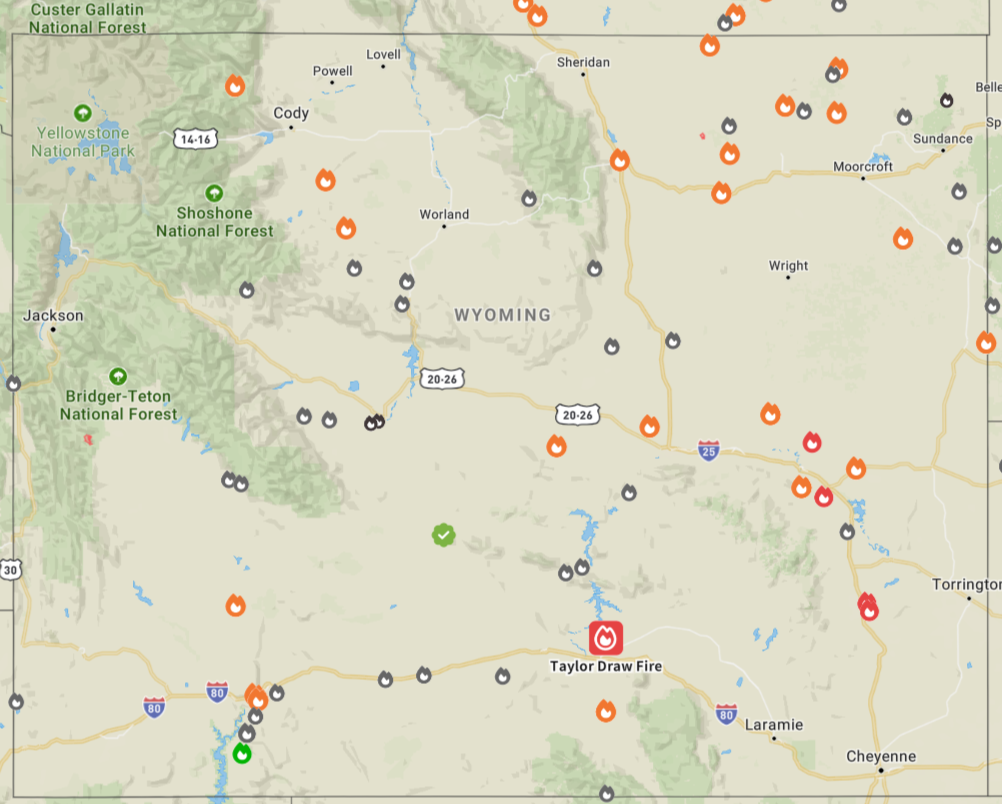
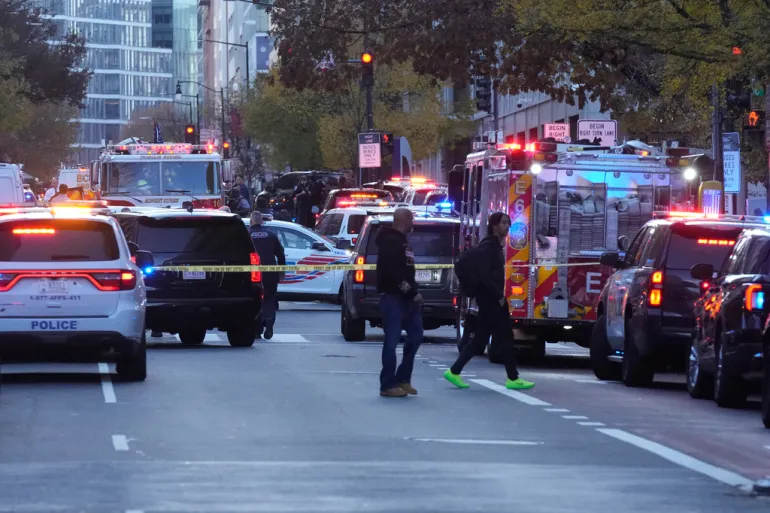







The latest news in your social feeds
Subscribe to our social media platforms to stay tuned